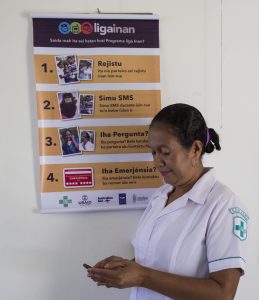My Reflection on Assignment 2 – LMS Selection :
My reflection on this task will be divided into two parts; the first part will be on the assignment itself and the process of the assignment through to completion, and the second part of my reflection will be focusing on the group work since the beginning and all the collaboration and cooperation experiences that the group had to complete this task from A to Z.

business.salary.com/group-work
Since I started looking at assignment #2 and reading the requirement of the task, it seemed to be an easy task that my group and I could accomplish fast and easy. To prepare for the assignment, I began considering the literature to understand the procedure of choosing an LMS. I start drawing up questions regarding the rubric that we are tasked to create, despite being given little information. In addition to that, I also began considering the topic of learning management systems in the market, starting with learning about what kinds of features they offer to the institution, instructor, and student. There were many features that are similar in many LMS, but each and every LMS has a unique feature that makes it a strong choice for some tasks and not so strong for others.
I was never tasked to choose a Learning Management System before, so through reading different articles, such as Choosing the Right Learning Management System (LMS) for the Higher Education Institution Context by Kasim, N. N., & Khalid, F. (2016). and Choosing and using media in education: The SECTIONS model. In Teaching in digital age by Bates, T., (2014) I managed to understand that each LMS must have basic features that make the use of this LMS easy for all parties involved.
Secondly, I learned that by meeting with all the parties involved you would have a very good idea on how to link the teaching and learning components to the interactivity of this LMS, also keeping in mind the technical support, which plays a big part when choosing an LMS. After this initial research, I began to consolidate my ideas about where to start, what questions to ask, and which role to take within my group.
I, then, initiated the connection with my group outside the Connect UBC platform. I thought that if we met using Google Hangouts we would be easily connected using chat, text, and video conference. I must say that I was very lucky with all the members of my group: they were all ready and prepared.
Each member was accommodating to the other’s needs and we were all working well as collaborators among ourselves, especially that we found that some of the group members have done this task before in real life. We met twice to discuss the rubric, and we assigned tasked and finalized the assignment. The amount of collaboration and organization was very high. So, I would like to say that because of my group I learned even more and gained a real-life experience. So, thank you all and I hope to work with you in the future.
In sum, I can say that this assignment was a full hands-on assignment where I have learned many new skills regarding choosing a Learning Management System, and what are the major features and factors that are very important to look for when you work with LMS in the future.
Ghassan Barhoumeh

